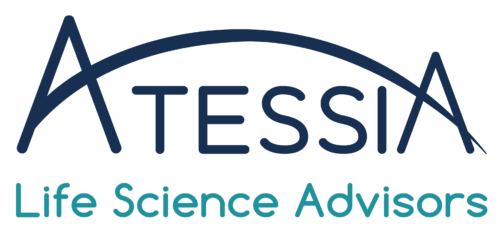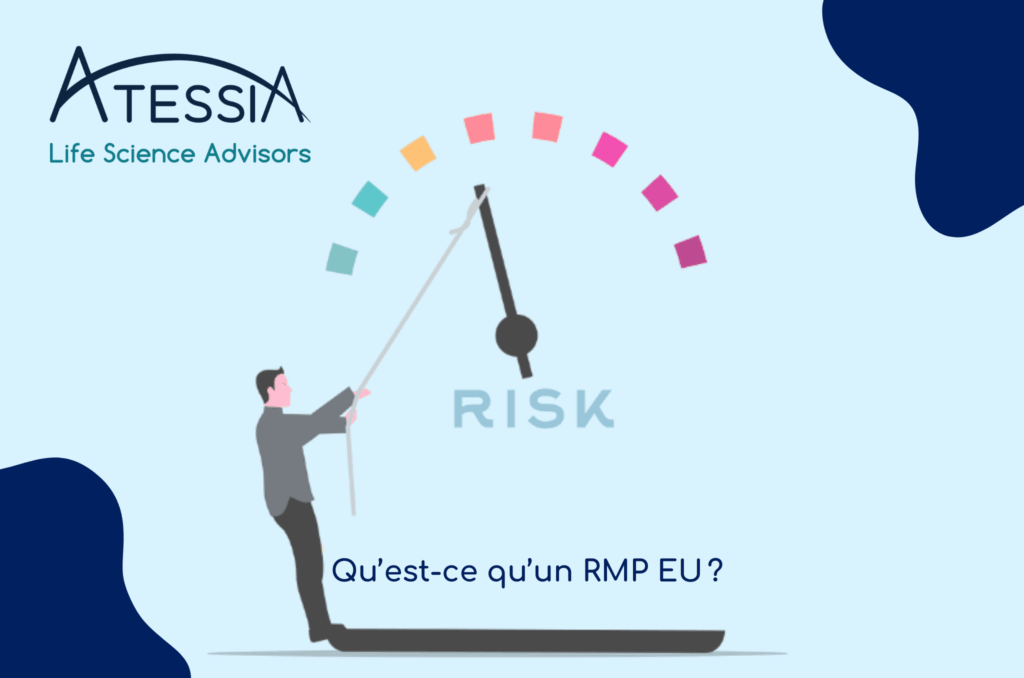A Risk Management Plan (RMP) is an essential element of pharmacovigilance activities. Its primary objective is to identify, characterize, and minimize the risks associated with a medicinal product, thereby ensuring continuous monitoring of the product’s benefit-risk balance.
Responsibilities of the Marketing Authorization Holder (MAH)
The MAH, together with the Exploitant in France, are responsible for:
- Establishing a risk management system
- Implementing, maintaining, and updating the RMP
- Continuously monitoring the safety profile of the medicinal product by analyzing pharmacovigilance data to detect new risks that may alter the product’s benefit-risk balance
- Implementing risk minimization measures when necessary, and evaluating their effectiveness
- Updating the risk management system and RMP accordingly when new safety information becomes available
The RMP is a dynamic document that must be regularly updated throughout the product’s lifecycle — for example, in case of a variation or extension of indication, upon request from competent authorities (EMA or ANSM), or when a new risk is identified or an existing one is reclassified.
Submission of the RMP to the European Medicines Agency (EMA)
An RMP must be submitted to the competent authority (EMA for centralized procedure) in the following cases:
- As part of any initial Marketing Authorization Application (MAA)
- When an updated RMP is required during the post-authorization phase, either at the request of regulatory authorities or due to a change to the MA (e.g., new indication, new dosage, new route of administration) that affects the risk profile of the medicinal product
RMP Structure
The structure and content of an RMP vary depending on the regulatory status of the product (e.g., generic, biosimilar, well-established medicinal use product, combination product, etc.).
Key components include:
- Summary of Safety Concerns : risks are categorized into three main types:
- Important Identified Risk: a risk for which there is sufficient scientific evidence to establish a causal relationship with the medicinal product. It may require specific monitoring or risk minimization measures.
- Important Potential Risk: a risk for which available data suggest a possible causal relationship, but the evidence is not conclusive.
- Missing Information: gaps in knowledge regarding the safety profile, such as lack of data in specific populations (e.g., pregnant women, children) or long-term use.
- Pharmacovigilance Plan : this section outlines how the MAH intends to monitor and manage the risks identified in the RMP. It includes:
- Routine activities, which are mandatory for all medicinal products (e.g., adverse event reporting, periodic safety reports, signal detection)
- Additional activities, conducted to further characterize or quantify known or potential risks (e.g., post-authorization safety studies)
- Risk Minimization Measures : where applicable, measures are proposed to minimize identified risks. These may include:
- Routine risk minimization measures, mandatory for all products (e.g., SmPC, patient leaflet, labeling)
- Additional risk minimization measures, such as patient alert cards, educational materials, or healthcare professional training
The effectiveness of these risk minimization activities must be evaluated. This is often done through specific studies, which are included in the pharmacovigilance plan.
Relationship Between RMP and PSUR
The RMP and the Periodic Safety Update Report (PSUR) are complementary documents and are both part of the core post-marketing pharmacovigilance strategy.
The RMP should reflect the conclusions of the PSURs. If a new safety signal discussed in the PSUR is reclassified as an important identified or potential risk, it must be incorporated into the RMP. Consequently, updates to the pharmacovigilance and risk minimization plans should be made to outline the MAH’s proposed approach to managing this new risk.
Confidentiality
The EMA publishes RMPs for centrally authorized products, both at the time of initial authorization and for subsequent updates during the post-marketing phase.
It is the MAH’s responsibility to anonymize any personal data and redact commercially confidential information before submitting the RMP to the EMA for assessment.
Article written by Marion PETOT, Consultant in Pharmacovigilance
To learn more about our pharmacovigilance services, visit Atessia Vigilance: our dedicated subsidiary specializing in risk management and drug safety.

